Best No Code Website Builder: Top 10 Picks for 2025
Updated on September 30, 2025Building a stunning, feature-rich website without writing a single line of code is now possible. No-code website builders are changing how businesses and individuals create their online presence.
As we step into 2026, the demand for these user-friendly platforms is growing rapidly. They offer unparalleled ease-of-use and cost-effectiveness. This guide will explore the best no-code website builders dominating the market. It will help you make an informed decision!
What is a No-Code Website Builder?
Definition and Overview
No-code website builders are platforms allowing users to create, design, and launch websites without traditional coding skills.
These tools offer a visual, drag-and-drop interface, enabling users to build professional-looking websites by arranging pre-designed elements and customizing them.
Popularity and Growth of No-Code Platforms
The popularity of no-code website builders has grown significantly in recent years. The global no-code development platform market is expected to reach $21.2 billion by 2024.
This growth is due to the increasing demand for rapid application development, cost-effective solutions, and the desire for greater control and flexibility. As more businesses and individuals recognize the benefits of no-code platforms, their adoption continues to soar across various industries.
Benefits of Using No-Code Website Builders
No-code website builders offer many advantages:
-
Ease of Use: With intuitive drag-and-drop interfaces and pre-designed templates, no-code platforms allow users to create stunning websites without any coding knowledge. This makes web development accessible to everyone.
-
Cost-Effectiveness: These builders often come with affordable pricing plans, eliminating the need for expensive developers. They are an economical choice for small businesses and startups.
-
Accessibility for Non-technical Users: By removing the coding barrier, no-code platforms empower non-technical users. Marketers, designers, and entrepreneurs can create and manage their websites, fostering greater collaboration within organizations.
Differences between No-Code and Low-Code Platforms
While no-code and low-code platforms both aim to simplify web development, they have distinct characteristics:
-
Definition and Use Cases: No-code platforms require zero coding and are for non-technical users. Low-code platforms involve some coding and target developers looking to speed up development.
-
Key Characteristics: No-code platforms focus on visual interfaces, pre-built templates, and drag-and-drop functionality. Low-code platforms offer more flexibility and customization through the use of code snippets and modules.
Understanding the differences between no-code and low-code platforms is crucial. It helps businesses select the right tool for their needs and skill levels.
Top No-Code Website Builders for 2025
1. Wix
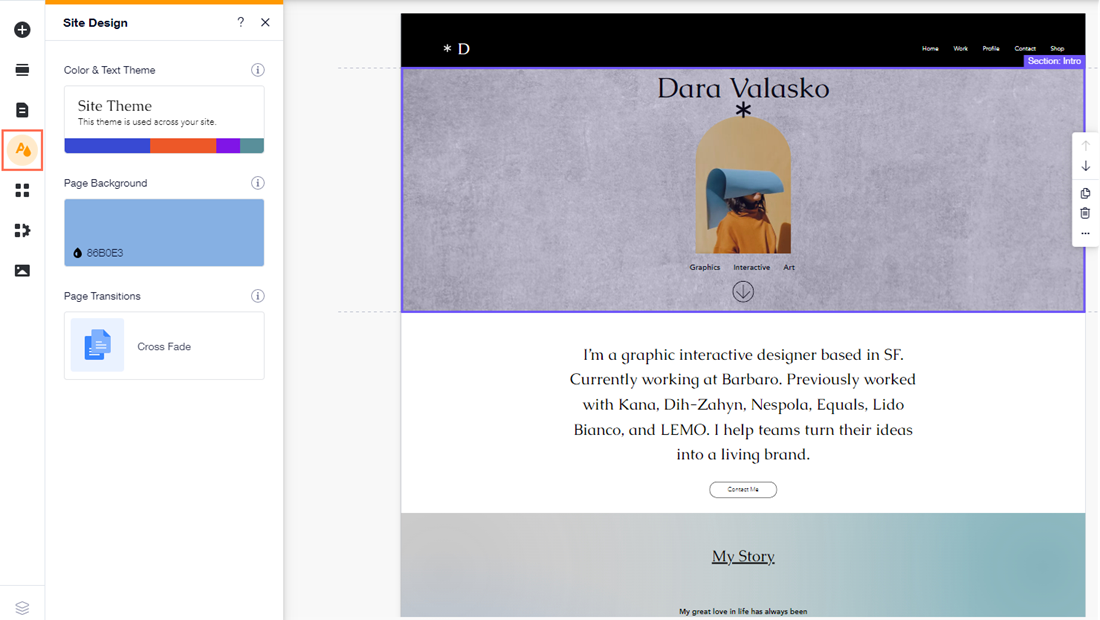
Features
- Drag & Drop Editor for intuitive design without coding
- Over 500 professionally designed templates
- Mobile optimization for creating mobile-friendly sites
- Wix ADI (Artificial Design Intelligence) for AI-powered site creation
- Robust app market for extended functionality
Pros and Cons
✅ Easy to use, especially for beginners ✅ Extensive template library ✅ Flexible design options
❌ Limited bandwidth on basic plans ❌ Potential for slower loading speeds
Best Use Cases
Wix is ideal for small businesses, portfolios, online stores, blogs, restaurants, and event websites.
2. Notion Sites
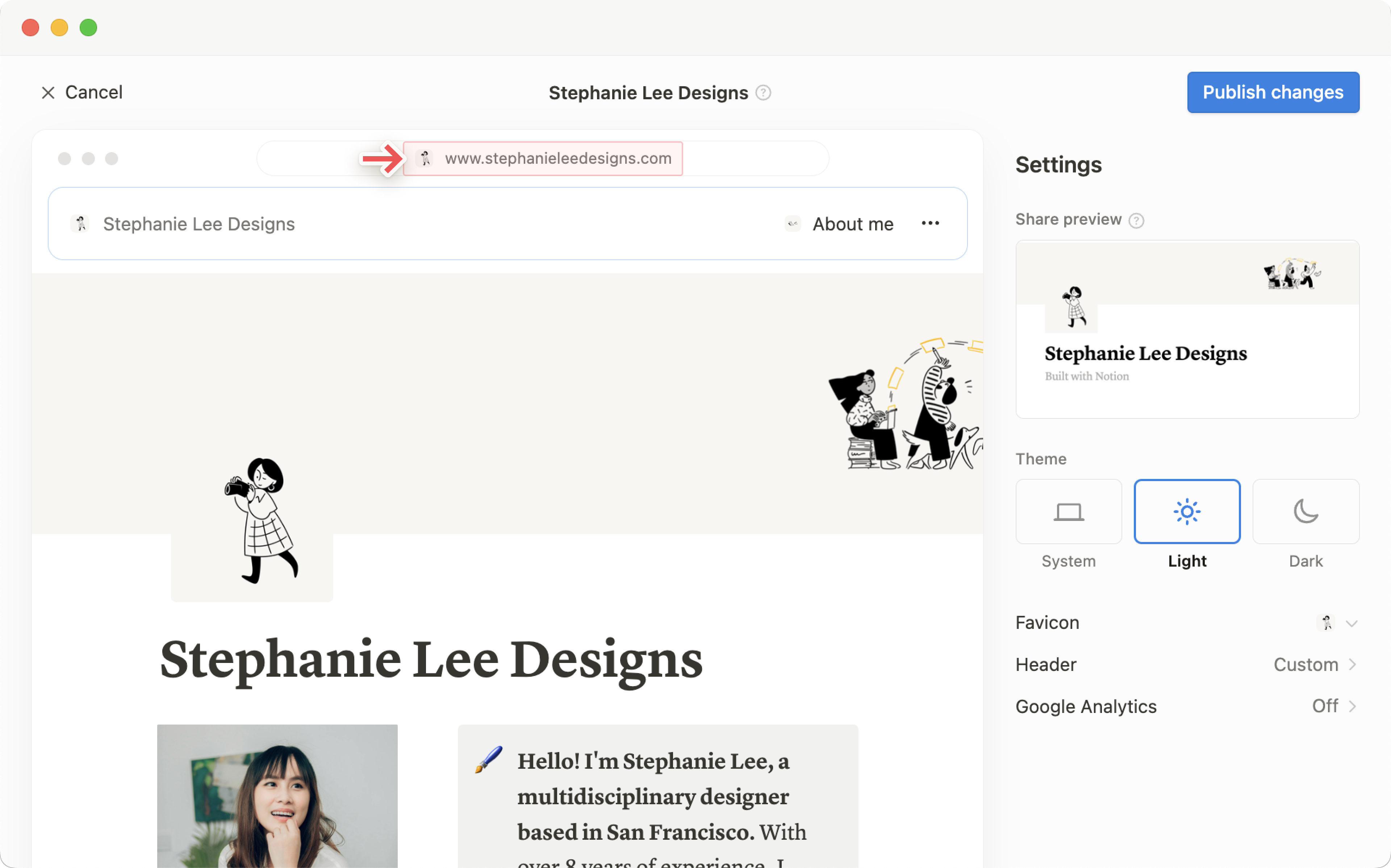
Features
- Transform Notion pages into websites with custom domains
- SEO options like meta titles/descriptions
- Google Analytics integration
- Site navigation with header menu, search, and breadcrumbs
- Customizable favicons, light/dark mode, and share images
Pros and Cons
✅ No coding required, leveraging Notion's familiar interface ✅ Integrates with powerful Notion features like databases and AI
❌ Limited customization vs. dedicated site builders ❌ Lacks granular access controls for client portals, etc.
Best Use Cases
Notion Sites work well for simple websites, portfolios, blogs, documentation hubs, and event sites. If you or your team already use Notion for content management, converting that content into a website can be particularly efficient and relevant.
3. WordPress + Elementor
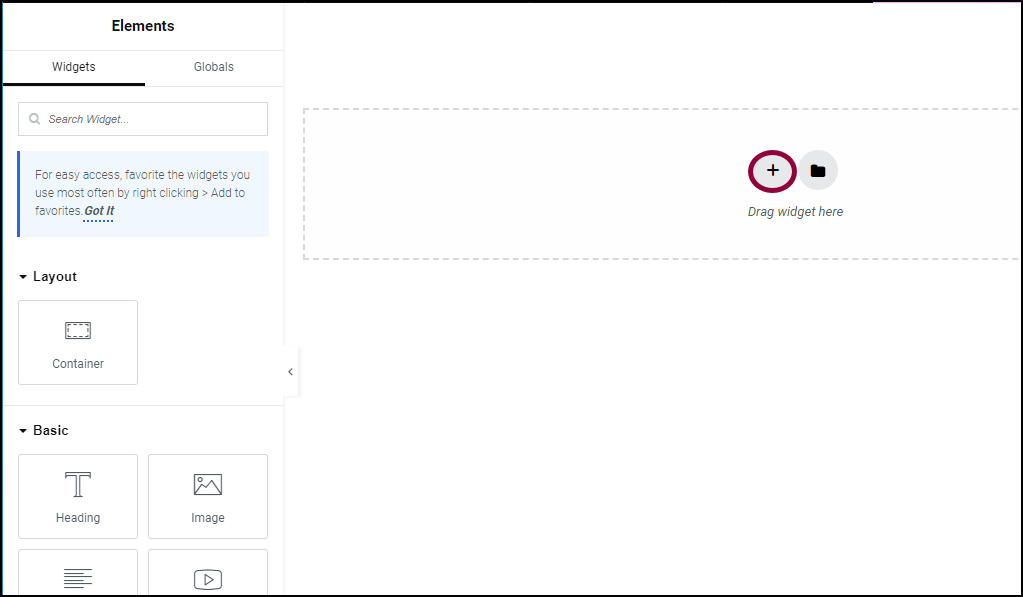
A powerful combination that brings drag-and-drop website building to the world's most popular CMS platform. Here's what you need to know:
Features
- Visual drag-and-drop page builder
- Extensive template library with hundreds of designs
- Complete theme building capabilities
- WooCommerce integration for e-commerce
- Popup builder and marketing tools
- Dynamic content support
- Responsive design controls
Looking to add a chatbot to your WordPress site? Check out our in-depth guide on the best WordPress chatbot solutions to find the perfect conversational AI tool for your needs.
Pros and Cons
✅ User-friendly interface suitable for beginners and pros ✅ Extensive customization possibilities ✅ Large community and plugin ecosystem ✅ Regular updates and improvements
❌ Free version has limited features ❌ Can impact site speed with complex designs ❌ Learning curve for advanced features
Best Use Cases
Perfect for small business websites, e-commerce stores, portfolios, landing pages, and content-driven sites. Particularly valuable when you need a balance of flexibility and ease of use.
While WordPress + Elementor requires more setup than pure no-code solutions, it offers unmatched flexibility and scalability for growing businesses.
4. Squarespace
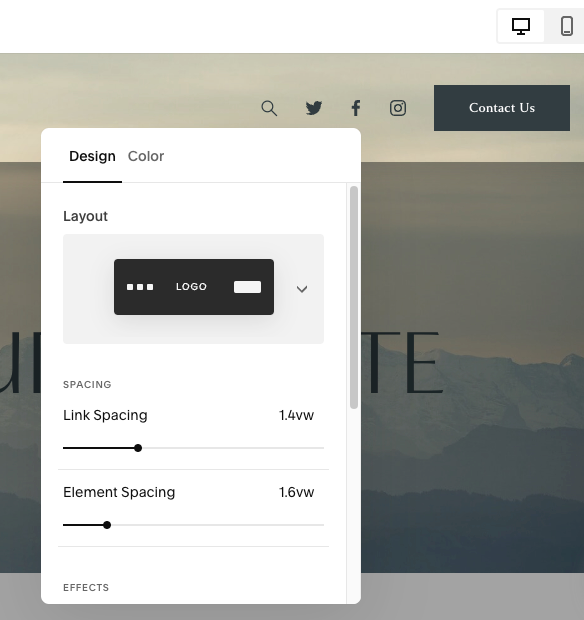
Features
- Modern, easily customizable templates
- Fluid Engine drag-and-drop editor with smart grid
- Image editing options like shapes and layering
- Blogging features with multiple layouts
- E-commerce tools for product management and subscriptions
Pros and Cons
✅ User-friendly interface with intuitive design tools ✅ Visually appealing templates and design options ✅ All-in-one platform for hosting, design, and e-commerce
❌ More limited customization vs. other advanced platforms ❌ Fewer plugins/extensions than some competitors
Best Use Cases
Squarespace suits small businesses, creatives showcasing portfolios, bloggers, small-medium e-commerce stores, restaurants, and freelancers.
5. Carrd
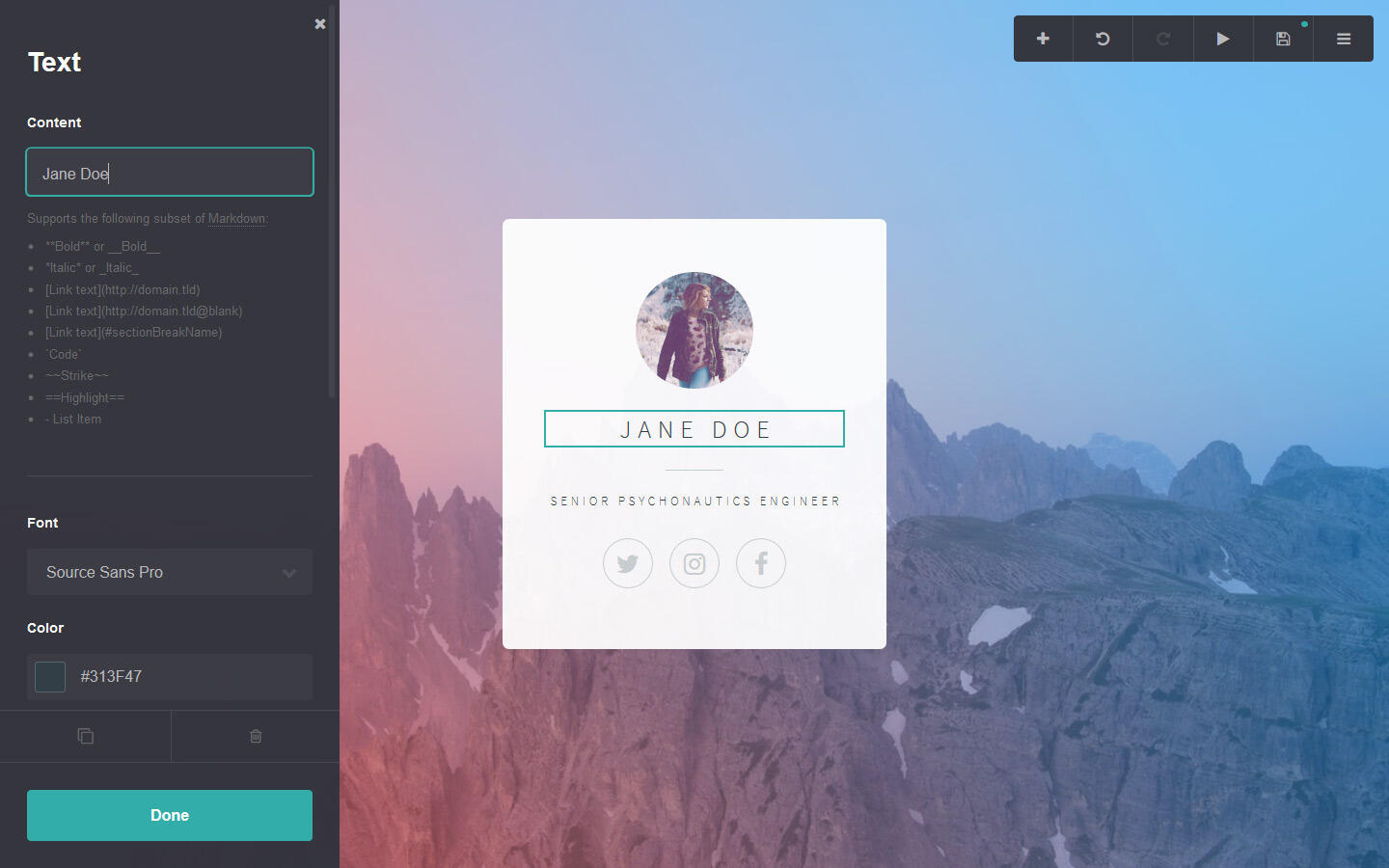
Features
- Intuitive drag-and-drop editor
- 75+ customizable templates for various uses
- Mobile-responsive design
- Integrations with services like Google Analytics
- Basic SEO, custom domains, and password protection
Pros and Cons
✅ User-friendly for beginners ✅ Quick setup and launch process ✅ Affordable pricing starting at $9/year
❌ Limited to single-page websites ❌ Lacks advanced e-commerce features
Best Use Cases
Carrd excels for simple websites, portfolios, landing pages, mobile-ready design, and budget-conscious users.
6. Unbounce
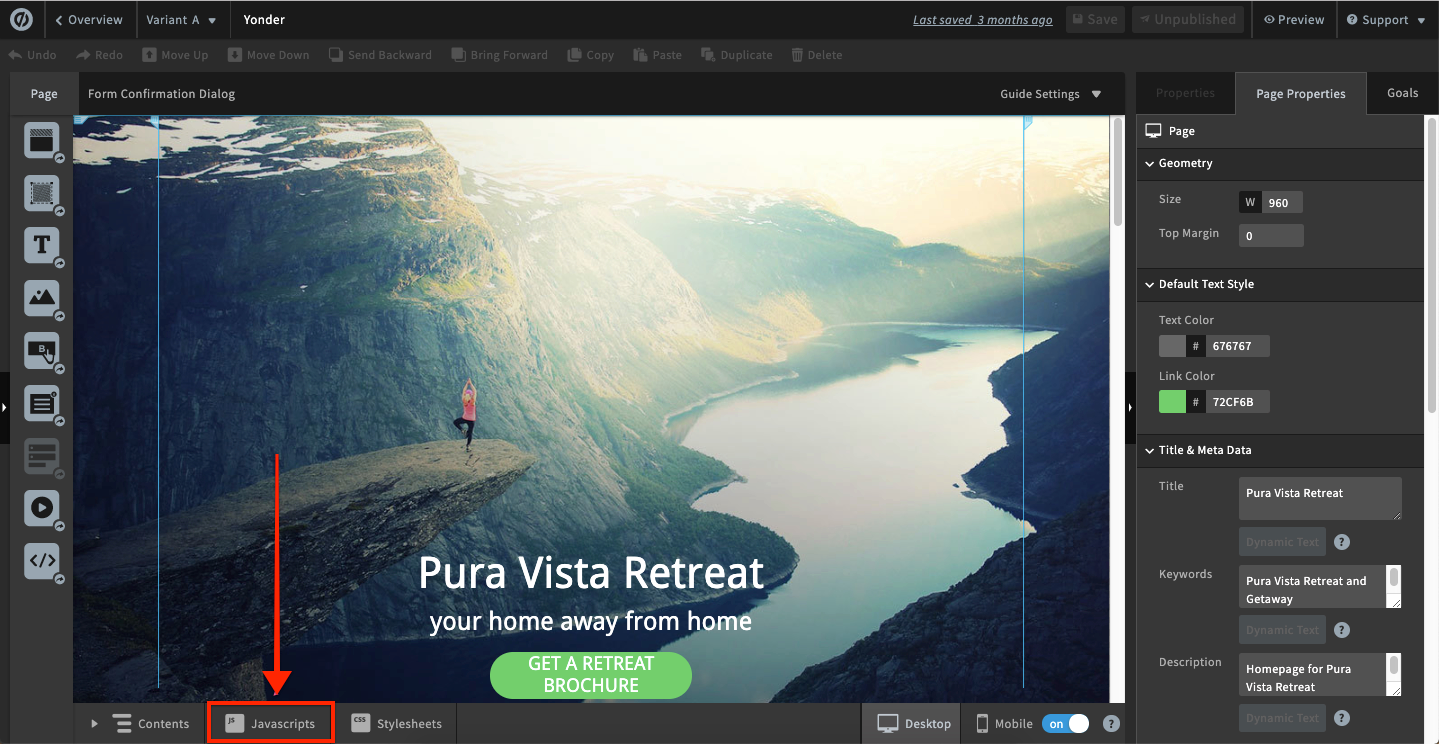
Features
- Drag-and-drop landing page builder
- Smart Traffic AI for optimizing conversions
- A/B testing for page variations
- Library of customizable, conversion-focused templates
- Popups and sticky bars for visitor engagement
Pros and Cons
✅ User-friendly drag-and-drop interface ✅ Powerful A/B testing capabilities ✅ Excellent customer support and resources
❌ Higher pricing compared to some competitors ❌ Steeper learning curve for beginners
Best Use Cases
Unbounce is perfect for PPC campaigns, email marketing, time-sensitive launches, lead generation, and product showcases.
7. Dorik
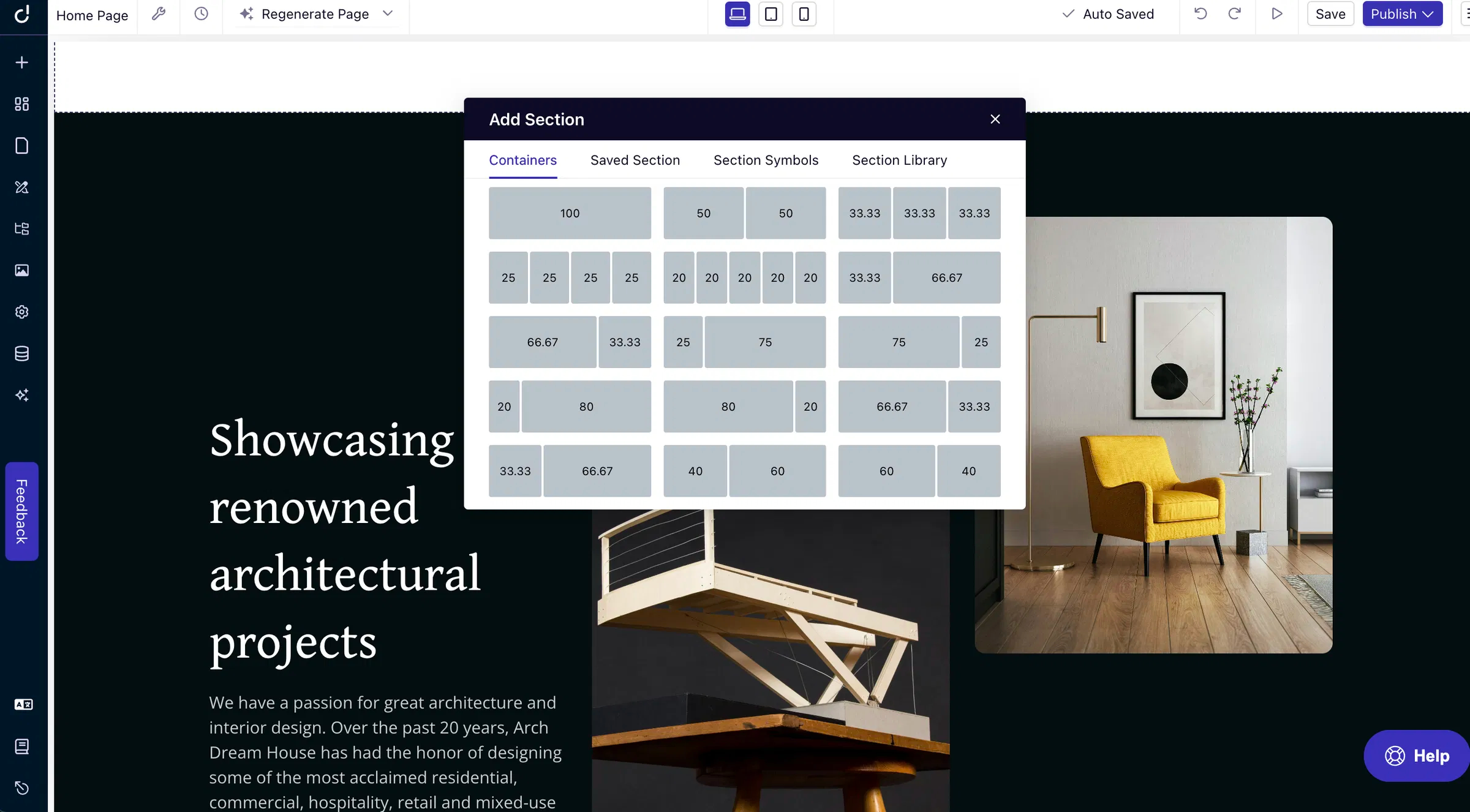
Features
- Drag-and-drop builder with 250+ design blocks
- AI-powered site generation and content tools
- 80+ customizable templates
- SEO optimization and responsive design
- Blogging, memberships, and white-labeling for agencies
Pros and Cons
✅ Beginner-friendly interface ✅ AI assists with content and design ✅ Affordable plans with lifetime pricing
❌ Limited e-commerce features ❌ Not ideal for large, complex websites
Best Use Cases
Dorik fits freelancers, small businesses, bloggers, startups, and agencies well.
By exploring the unique features, strengths, and ideal use cases of these top no-code website builders, you can find the perfect platform to bring your vision to life and beyond.
Understanding the False No-Code Builders
While some platforms claim to be no-code solutions, they may not fully fit the definition. Let's examine a few popular tools often mistaken for no-code builders and understand why they fall short.
WordPress
Explanation
WordPress is a widely-used content management system (CMS) that powers millions of websites. It offers a user-friendly interface and a vast library of themes and plugins.
Why it's not a true no-code builder
WordPress still requires some level of coding knowledge for advanced customization. Users often need HTML, CSS, and PHP to make significant changes to themes or integrate certain plugins seamlessly. Therefore, WordPress falls more into the category of a low-code platform rather than a true no-code solution.
Webflow
Explanation
Webflow is a powerful website builder that lets users create responsive, visually stunning websites. It offers a visual design interface and extensive customization options.
Why it's not a true no-code builder
Despite its visual approach, Webflow requires understanding of web design principles and familiarity with HTML and CSS. Users need to grasp concepts like box modeling and flexbox to fully leverage Webflow's capabilities. This learning curve makes it different from true no-code platforms that prioritize accessibility for non-technical users.
If you're interested in exploring Webflow further despite its learning curve, check out these free Webflow templates to get started with professionally designed layouts.
ChatGPT
Explanation
ChatGPT can assist with writing and problem-solving, many mistakenly believe it can fully replace website building tools. It's a helpful AI assistant, but not a complete solution for website creation and deployment.
Why it's not a true no-code builder
While ChatGPT can generate website copy and provide helpful suggestions, it is not a website builder. It lacks the visual interface, drag-and-drop functionality, and pre-designed templates featured in no-code website builders. ChatGPT can assist in content creation but cannot replace the comprehensive features and user-friendly experience offered by dedicated no-code platforms.
Understanding the differences between true no-code website builders and platforms often mistaken for them is crucial. This knowledge helps in making informed decisions when selecting the right tool for your website development needs.
To harness AI effectively for your website project, explore these best marketing ChatGPT prompts that can help you create compelling content and marketing copy for your site.
How to Choose the Right No-Code Website Builder
With many no-code website builders available, choosing the right one can be overwhelming. To make an informed decision, evaluate your needs and goals alongside the key features offered by each platform.
Identifying Your Needs and Goals
Before exploring no-code website builders, define your project's scope and objectives:
- What type of website do you want to create (portfolio, blog, e-commerce store, etc.)?
- Who is your target audience, and what kind of user experience do you want to provide?
- What specific features and functionalities do you require?
- How much time and budget can you allocate to building and maintaining your website?
Answering these questions will help narrow down your options and focus on the no-code builders that align with your needs.
Evaluating Key Features
Once you understand your requirements, assess the key features offered by various no-code website builders:
-
Ease-of-use/customization balance: Look for a platform that balances simplicity and flexibility. Some builders prioritize ease-of-use with limited customization, while others offer more control but a steeper learning curve.
-
Drag-and-Drop Interface: A user-friendly, intuitive drag-and-drop interface is essential in no-code website builders. Evaluate how each platform handles the design process and whether it aligns with your skill level and design preferences.
-
Design and Template Options: Assess the quality and variety of pre-designed templates offered. Look for templates matching your industry, aesthetics, and functionality requirements. Consider the customization levels allowed within each template.
-
Integrations and Customization Capabilities: Check the built-in features and third-party integrations supported by each platform. Ensure the builder accommodates your needs, such as e-commerce functionality, blogging capabilities, or marketing tool integrations.
-
Pricing Plans and Scalability: Compare pricing plans and packages. Consider factors like the number of websites allowed, bandwidth and storage limits, and access to premium features. Assess whether the platform can scale with your business as it grows and evolves.
By evaluating these key features and weighing them against your specific needs, you'll be well-equipped to choose the no-code website builder that best suits your project.
Comparison of No-Code Website Builders
To make an informed decision, compare the features, pricing, and user experience of various no-code website builders side-by-side.
Feature Comparison Table
| Builder | Visual Interface | Templates & Design Options | Integrations | Pricing (Monthly) |
|---|---|---|---|---|
| Wix | Drag-and-drop | 500+ templates | 250+ apps | $16 - $59 |
| Notion Sites | Notion-based | 10,000+ community templates | Limited | $10 - $25 (Notion pricing) |
| Squarespace | Drag-and-drop | 100+ templates | 30+ extensions | $23 - $65 |
| Carrd | Drag-and-drop | 75+ templates | Limited | $9 - $49 per year |
| Unbounce | Drag-and-drop | 100+ templates | 60+ integrations | $99 - $249 |
| Dorik | Drag-and-drop | 80+ templates | Limited | $18 - $599 (lifetime) |
Pricing Analysis
No-code website builders offer various pricing models to cater to different budgets and needs:
-
Free plans and trials: Platforms like Wix and Dorik provide free plans with limited features or free trials to let users test the builder before committing to a paid subscription.
-
Monthly and annual subscriptions: Most builders offer monthly and annual billing options, with discounts for yearly commitments. Prices range from $9 per month for basic plans to over $200 per month for enterprise-level features.
-
Lifetime pricing: Some platforms, like Dorik, offer a unique lifetime pricing model. This allows users to pay a one-time fee for ongoing access to the builder and its features.
Carefully review the pricing plans and understand what features and limitations come with each tier before making a decision.
User Experience and Learning Curve
User experience and learning curve of no-code website builders can vary greatly:
-
Intuitive drag-and-drop interfaces: Platforms like Wix, Squarespace, and Unbounce offer user-friendly, drag-and-drop interfaces. This makes it easy for beginners to create professional-looking websites without coding knowledge.
-
Notion-based builders: Notion Sites leverages the familiarity of the Notion interface. It’s an attractive choice for users comfortable with this productivity tool. However, it may have a steeper learning curve for those new to Notion.
-
Balancing ease-of-use and customization: Some builders, like Carrd, prioritize simplicity and speed, while others, like Webflow, offer more advanced customization options that may require higher design or technical skills.
To gauge the user experience and learning curve of each platform, consider:
-
Reviews from real users: Read testimonials and reviews from users with similar skill levels and project requirements. This provides an authentic sense of each builder's ease-of-use and learning curve.
-
Available resources and customer support: Evaluate the documentation, tutorials, and community support offered by each platform. A comprehensive knowledge base and responsive customer support can greatly improve the user experience and help you overcome any learning challenges.
By comparing the features, pricing, and user experience of various no-code website builders, you can make an informed decision. This will help you select the platform that best aligns with your needs, budget, and technical capabilities.